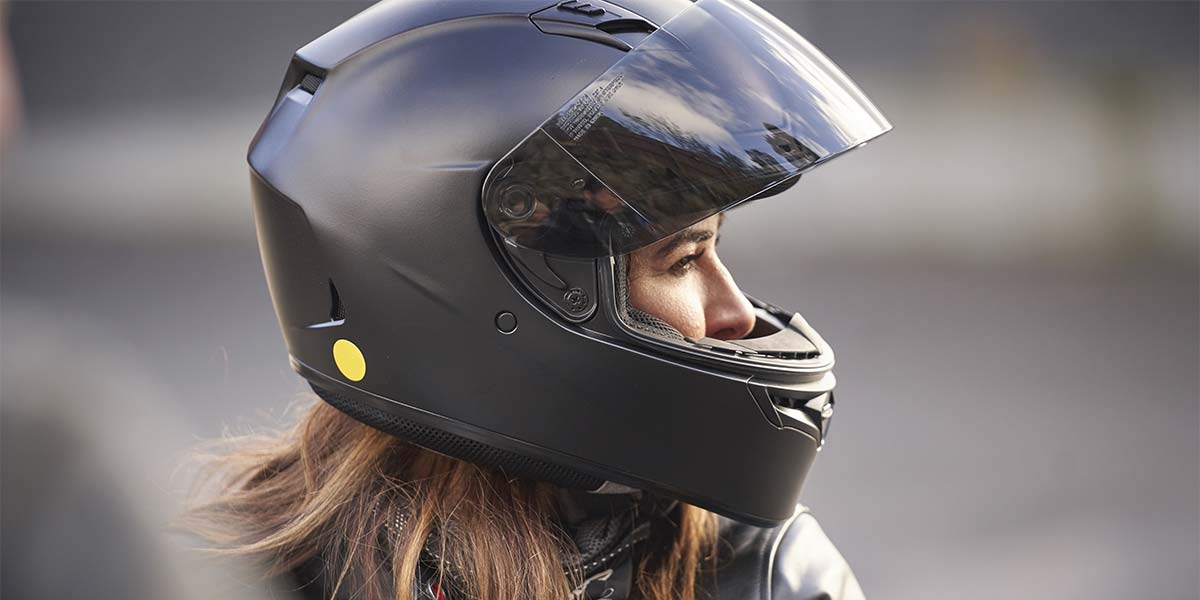
How to Maintain and Care for Your Expensive Motorbike Helmet
10/05/2023
Your motorbike helmet is not only a critical safety gear but also a significant investment. Whether you ride for leisure or commute daily, properly maintaining and caring for your expensive motorbike helmet is essential to ensure its longevity and effectiveness. In this article, we'll provide you with valuable tips on how to keep your helmet in top condition.
Cleaning the Helmet
Cleaning your motorbike helmet regularly is important to remove dirt, grime, and sweat that can accumulate over time. Here's how you can effectively clean your helmet:
1. Helmet Shell
Using a mild soap or helmet cleaner, gently wipe the exterior shell of your helmet with a soft cloth or sponge. Avoid using harsh chemicals or abrasive materials that may damage the surface or graphics. Rinse with water and allow it to air dry.
2. Interior Padding
Most modern helmets have removable interior padding. Follow the manufacturer's instructions to remove the padding. Hand wash the padding with mild soap and warm water. Allow it to air dry completely before reinserting it into the helmet.
3. Visor
The visor is susceptible to scratches, which can impair your vision. Use a microfiber cloth or a visor-specific cleaning product to clean the visor gently. Avoid using paper towels or rough materials that may scratch the surface. If there are stubborn marks or bugs, moisten a cloth and let it sit on the affected area for a few minutes before gently wiping it off.
Storage and Handling
Proper storage and handling of your motorbike helmet are crucial to maintain its integrity and protect its functionality. Consider the following tips:
1. Helmet Bag
Invest in a helmet bag or helmet-specific storage case to protect your helmet from dust, sunlight, and potential damage. Avoid leaving your helmet exposed to extreme temperatures or direct sunlight for prolonged periods, as this can degrade the helmet's materials and compromise its safety.
2. Helmet Hooks
If you prefer displaying your helmet, use helmet hooks that provide a secure and stable hanging solution. Make sure the hooks are installed on a sturdy wall or surface to prevent accidents.
3. Handling with Care
Handle your helmet with care to avoid dropping or knocking it against hard surfaces. Impact can weaken the helmet's structure and diminish its protective capabilities.
Helmet Strap Maintenance
The helmet strap is crucial for keeping your helmet securely in place. Regular maintenance ensures its functionality:
1. Strap Adjustment
Check the strap's tightness before each ride. It should fit snugly but not excessively tight. Adjust the straps if necessary to ensure a secure and comfortable fit.
2. Cleaning the Straps
Remove the helmet's cheek pads and carefully hand wash the straps with mild soap and water. Rinse thoroughly and allow them to air dry completely before reattaching the cheek pads.
Regular Inspections
Regularly inspecting your helmet helps identify any signs of wear and tear or damage. Here's what you should look out for:
1. Shell and Graphics
Check the shell and graphics for any cracks, scratches, or fading. If you notice any significant damage, consider replacing your helmet, as compromised integrity may affect its protective capabilities.
2. Interior Padding
Inspect the interior padding for signs of wear, such as flattened or compressed areas. If the padding no longer provides a comfortable fit or has deteriorated significantly, consider replacing it.
3. Retention System
Ensure the retention system, such as the chin strap and buckle, is functioning properly. The straps should securely fasten and release easily when needed.
Replacing Your Helmet
While regular maintenance can prolong the lifespan of your helmet, it's important to recognize when it's time for a replacement. Here are a few indicators:
1. Age
Manufacturers typically recommend replacing helmets every 3 to 5 years, regardless of their condition. Over time, the materials and protective capabilities of a helmet can degrade, compromising its effectiveness.
2. Impact
If your helmet has been involved in an accident or experienced a significant impact, it's crucial to replace it immediately. Even if there are no visible signs of damage, the internal structure may be compromised.
3. Wear and Tear
Excessive wear and tear, such as a loose fit, worn-out padding, or damaged straps, may indicate the need for a new helmet. A helmet in good condition ensures optimal safety on the road.
Conclusion
Your motorbike helmet is a vital piece of safety equipment, and proper maintenance is crucial for its longevity and effectiveness. By following the cleaning, storage, handling, strap maintenance, and inspection guidelines, you can ensure your expensive helmet remains in top condition, providing you with the necessary protection on every ride. Remember, when it comes to your safety, it's always better to be safe than sorry.
For more motorbike tips, gear recommendations, and exciting adventures, visit our blog today!
At OG-Original, we live and breathe motorbiking. That’s why we’ve crafted the ultimate backpack for riders who demand the best. Our products are made from the highest quality materials and designed to keep you safe on the road. We know that style on your bikes matters too, so we’ve designed backpacks that not only look sharp but also perform flawlessly. Join the OG riders’ community to elevate your motorbike experience.
